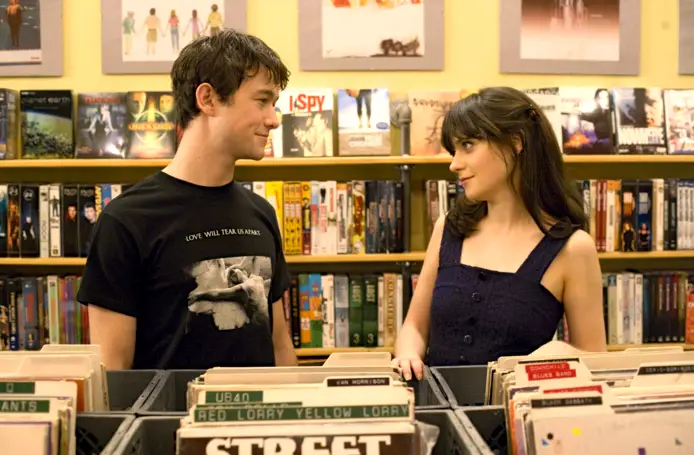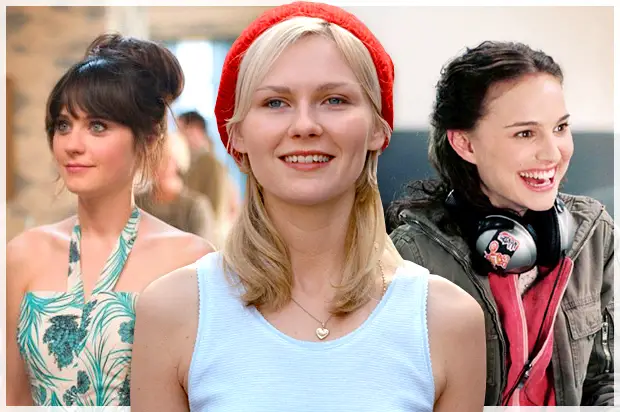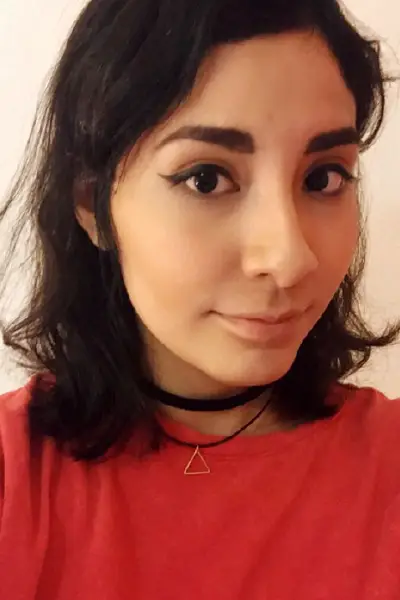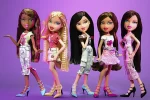In the past, it was rare to find a novel or movie that followed the story of a woman or had female characters with significant roles.
Now, writers and screenwriters are constantly urged to include more female roles in their work. As a consequence, their audience can enjoy reading and watching movies about girls that battle zombies in the apocalypse, survive the Holocaust thanks to their wit and even just fight the adversities of life with their chins held high.
And then, we have the manic pixie girls.
The term itself misleads, making it sound as if I have a vendetta against pixies in fantasy novels. The manic pixie girl, or dream girl, however, doesn’t belong in the world of dragons and other magical creatures.
In fact, the manic pixie dream girl (MPDG) is a being created by romance novelists, a human character whose only purpose is to pop up in the story, be a hurricane that changes the world of the main character — usually a teenage boy — and then vanish.

The term “manic pixie dream girl” originated in 2007 after the film critic Nathan Rabin saw the movie “Elizabethtown.” He described the manic pixie girl trope as that “bubbly, shallow, cinematic creature that exists solely in the fevered imaginations of sensitive writer-directors to teach broodingly soulful young men to embrace life and its infinite mysteries and adventures.”
With that said, my problem with the “dream girl” characters is that they make no sense.
They appear out of nowhere, approach the one boy who doesn’t want to be approached and make it their mission to make his life happy; then, the MPDG disappears and makes the young man more miserable than he was before.
Sadly, this is a very common trope in both movies and books.
For a while during high school, I was obsessed with reading tragedies. I had finally realized that not all love stories end in happiness. Since, at the moment, I had no intention of picking up masterpieces like “Romeo and Juliet” or “Anna Karenina,” my attention turned toward modern young adult novels. Among some of the books that a couple of friends recommended were John Green’s “Looking for Alaska” and “Paper Towns.”
Even though at first I liked the character of Alaska Young and Margo Roth Spiegelman, there was something about them that felt unrealistic. Something about how “enigmatic” they were, how flawless they were despite their flaws (yes, really), and how easily they could disappear, leaving their families and friends behind, threw me off and made me question if I really liked them. Little did I know, many girls around the world had the same issue with the two books.
In the sense that his characters captivate the reader, John Green’s writing is fantastic. Because of this, giving his books another chance always seems like a good idea. But, no matter how much I wanted to relate to the girls in his novels, I was never able to establish a connection with the dream girl type of character, mainly because I don’t think that my life should revolve around a boy.
I have also encountered this despicable type of heroine in movies. It took me a while to realize that the female lead in one of my favorite movies, “Eternal Sunshine of The Spotless Mind,” is also a “dream girl” type of character. On second glance, the signs are all there: Clementine chooses to speak to the gloomy stranger on the train, falls in love with him quickly, constantly changes her appearance, has a childish and unusual vision of the world and disappears when the romance with her boyfriend turns shaky.
It is a little difficult to put her in the pile of fantasy girl characters though, because Clementine has a line that rings with self-agency: “I’m just a fucked up girl who is looking for my own peace of mind. Don’t assign me yours.”
Still, even though she refuses to be reduced to the role of muse, that doesn’t change the fact that she ends up serving as one anyway. Did Clementine deserve to be just another girl with no background story? Absolutely not, which is why it is sad that the movie ends without the viewers really getting to know who she really is.

Unlike like other female heroes, the MPDG doesn’t aim to empower women or make them feel relatable. Quite the contrary, as it feels like they exist only to show teenage boys that sometimes they won’t always get the girl, or that it’s best to stay away from the mysterious girl in their English class. In short, manic pixie girls are nothing more than a plot device.
NaturalDistronauts’s video “State Home for Manic Pixie Dream Girls” shows a husband taking his manic pixie wife to a mental health facility because he can no longer stand by as she endangers herself. He says, “She seemed perfect at first. She was cute but quirky and awkward. On our first date she said she wanted pancakes for dinner.”
Even though this is a comedy sketch, it exemplifies how exaggerated this type of character is in comparison to real life women. They are crazy, and real life women are not—at least, for the most part.
So why are manic pixie girls a bad representation of women?
Women have been battling the “caretaker” stereotype forever. Nowadays, women want to dress and wear makeup for themselves, not to make people around them like them more. A woman’s purpose is not to serve a man, but to complete her own mission in life.
The fact that writers and directors are still choosing to portray women as male fantasies shows that there is still a long way to go before female characters start being treated seriously. Even worse, it shows that women are still seen as assistants, rather than equals. Having this stereotype constantly showcased in the media doesn’t help to eliminate the image that women have been fighting for so long. On the contrary, it only gives young girls the idea that it’s okay to be seen as just something pretty.
Sure, the increase of female characters is a good thing. But, do we really need women to be portrayed as that kind of “romantic hero”?
In the future, it would be nice to see more movies and books with women who fall in love, but also have a story and dreams of their own. Who knows, maybe then girls would feel that they have more in common with the characters they like, and will be more motivated to achieve their goals.

















